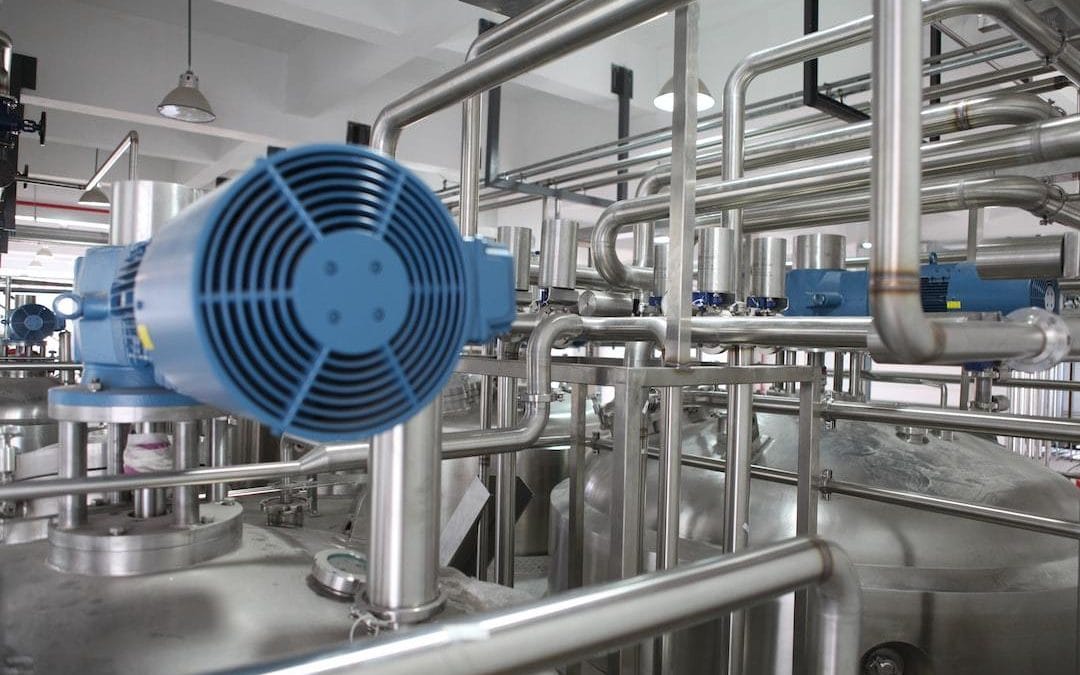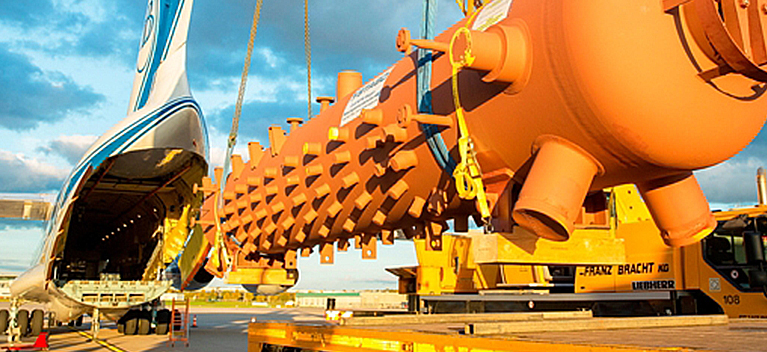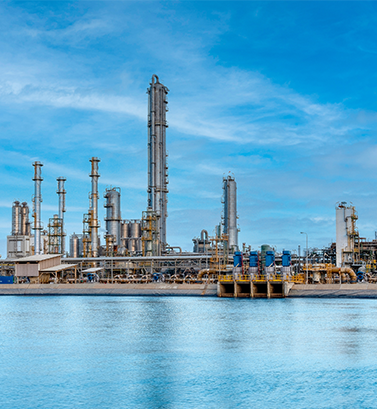The demand for high thermal efficiency heat exchangers is ever-increasing across various industrial sectors. These systems are pivotal for optimizing energy usage, reducing operational costs, and enhancing overall process productivity. A prime example of innovation in this field is the Welded Plate Heat Exchanger, a device engineered to meet the rigorous demands of modern industry with exceptional thermal performance.
Why Optimal Thermal Efficiency Matters
In today's energy-conscious world, maximizing thermal efficiency in heat exchangers is no longer a luxury but a necessity. Efficient heat transfer translates directly into reduced energy consumption, leading to significant cost savings and a smaller environmental footprint. This is where energy saving heat exchangers play a vital role, helping industries achieve sustainability goals while maintaining peak operational output. Advanced designs, such as those found in modern plate heat exchangers, focus on maximizing heat transfer coefficients and minimizing energy losses, critical for applications like heat recovery systems.
Welded plate heat exchangers represent a significant advancement in heat exchange technology, offering a compelling list of benefits for demanding industrial applications.
Superior Efficiency in a Compact Form
Achieving up to 90% thermal efficiency, these units far surpass many traditional systems. This remarkable performance is packed into a surprisingly small footprint, often just one-fifth the size of older shell-and-tube alternatives. This compact plate heat exchangers design not only saves valuable plant space but also simplifies installation. The success behind this efficiency often lies in sophisticated heat transfer plate technology, which promotes turbulent flow. This efficient plate heat exchanger design ensures maximum heat exchange between fluids, crucial for processes requiring rapid and effective temperature control.
Engineered for Durability and Reliability
The robust construction of welded plate heat exchangers makes them ideal for the toughest industrial environments. Featuring laser-welded plates typically made from high-grade materials like stainless steel (316L, 254 SMO) or even titanium for highly corrosive applications, these industrial plate heat exchangers are built to last. A key advantage is the absence of gaskets, which entirely eliminates the risk of leakage – a common concern in high-pressure or hazardous fluid applications. This ensures greater operational safety and integrity.
Streamlined Maintenance and Extended Lifespan
Maintenance considerations are paramount in industrial settings. Welded plate heat exchangers excel here by eliminating the need for regular gasket replacements, a frequent and costly maintenance task with other designs. Furthermore, many models support Clean-In-Place (CIP) technology, allowing for thorough cleaning without disassembly, minimizing downtime. With a typical service life often exceeding ten years, these units represent a long-term, cost-effective investment.
Tailored to Specific Operational Needs
Versatility is another hallmark of these advanced heat exchangers. They can be custom-configured with single or multi-pass flow arrangements to suit specific process requirements. Specialized plate patterns are also available, designed to combat issues like fouling and mineral deposits, which can impair performance over time. Full compliance with international industry standards such as ASME, PED, and API further underscores their reliability and suitability for global operations. The adaptability of plate heat exchangers makes them a go-to solution.
Key Technical Specifications Driving Performance
The impressive capabilities of welded plate heat exchangers are underpinned by their robust technical specifications. These devices are engineered to handle extreme operational parameters. They can comfortably withstand pressures up to 60 bar, making them suitable for a wide range of high-pressure industrial processes. Temperature tolerance is equally impressive, with capabilities to operate effectively at temperatures up to 350°C, essential for heat-intensive applications. This demonstrates their excellent thermal performance heat exchangers capabilities.
Versatile Material Options and Flow Capacities
To cater to diverse fluid compatibilities and process demands, manufacturers offer a choice of materials, including stainless steel (316L), titanium, or specialized nickel alloys. This ensures longevity even with corrosive or aggressive media. Flow versatility is also key, with designs accommodating flow rates from as low as 0.5 m³/h up to 2,000 m³/h, making them adaptable for both small-scale and large-scale industrial systems.
Excelling Across Diverse Industrial Sectors
The unique combination of efficiency, durability, and adaptability makes welded plate heat exchangers invaluable across numerous industries.
Power Generation Solutions
In power generation, whether gas-fired, coal-based, or renewable, reliable thermal management is critical. These heat exchangers are extensively used for applications such as cooling lube oil for turbines or in Heat Recovery Steam Generator (HRSG) systems, ensuring consistent and efficient plant operation. Functioning as part of advanced heat recovery systems, they maximize energy utilization.
Optimizing Oil & Gas Processes
The oil and gas sector, with its demanding conditions, benefits significantly from this technology. Welded plate heat exchangers are pivotal tools in gas compression cooling, LNG liquefaction and regasification, and various other heat recovery applications throughout upstream and downstream segments.
Precision in Chemical Processing
Chemical processing often involves aggressive media and requires precise temperature control. These heat exchangers are essential for demanding tasks like acid cooling, solvent condensation, and managing exothermic or endothermic reactions, where resilience and efficiency are paramount.
Enhancing HVAC and Refrigeration Systems
Modern Heating, Ventilation, Air Conditioning (HVAC), and refrigeration systems also leverage this technology. From large-scale district heating and cooling networks to advanced heat pump solutions, welded plate heat exchangers contribute to greater energy efficiency and improved performance in climate control.
In summary, the adoption of high thermal efficiency heat exchangers, particularly advanced designs like the welded plate heat exchanger, offers a transformative approach to industrial thermal management. Their unparalleled efficiency, robust construction, low maintenance needs, and versatile application make them indispensable energy saving heat exchangers. For industries striving for operational excellence, reduced costs, and sustainable practices, investing in such technology is a strategic move towards a more efficient and profitable future. The constant improvement in thermal efficiency in heat exchangers continues to drive innovation in this critical field.






